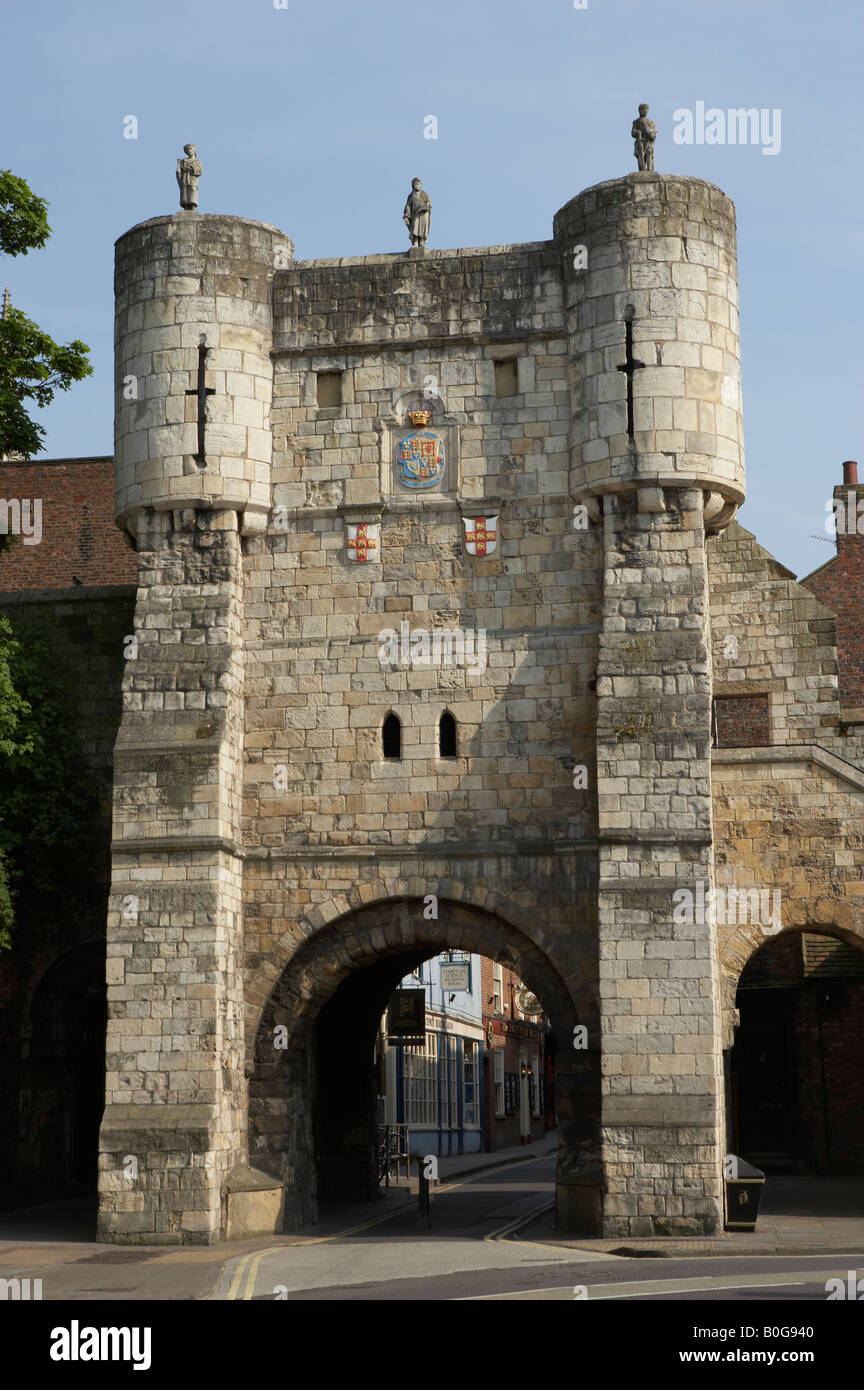
BOOTHAM BAR GATEWAY ARCH IN YORK CITY ROMAN WALL Stock Photo, Royalty Free Image 17568768 Alamy
In the guide the "York's City Walls Audio Trail" is divided into sections, as indicated by the "Map Points", and a "List View", on a detailed map of York, and GPS links. This audio guide starts at Exhibition Square, by Bootham Bar, and is designed to help you enjoy a circular walk, with descriptions, and "Map Point" numbers.
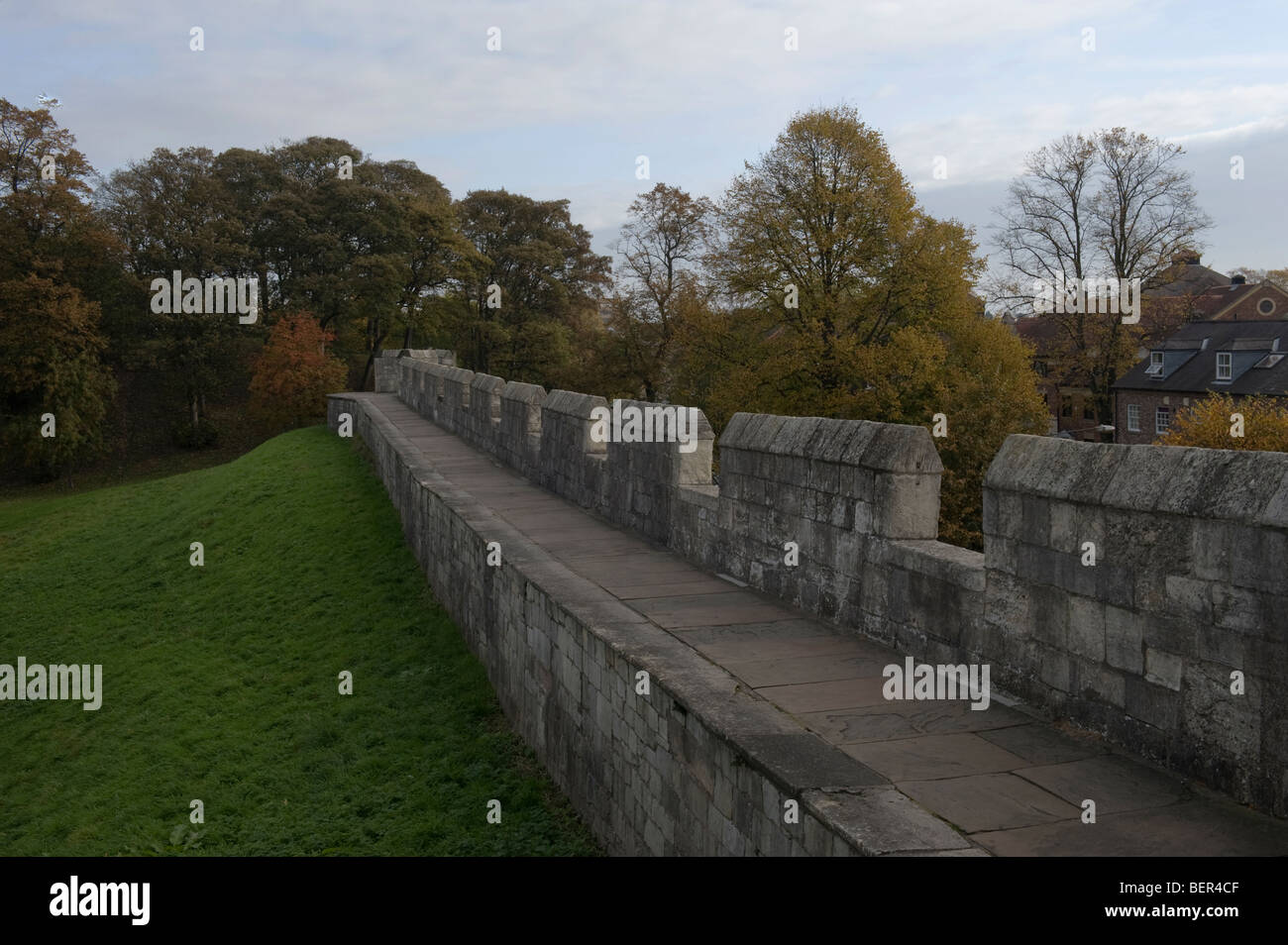
York City Roman Walls Stock Photo Alamy
DISTANCE: 3 miles / 5 kilometres. York's medieval walls, England's longest surviving example, stand on the line of earlier fortifications dating back to the Romans. From high on the walls, there are views of the Minster and other ancient buildings, which are explored in the walks that follow. Cross the road outside the railway station and.
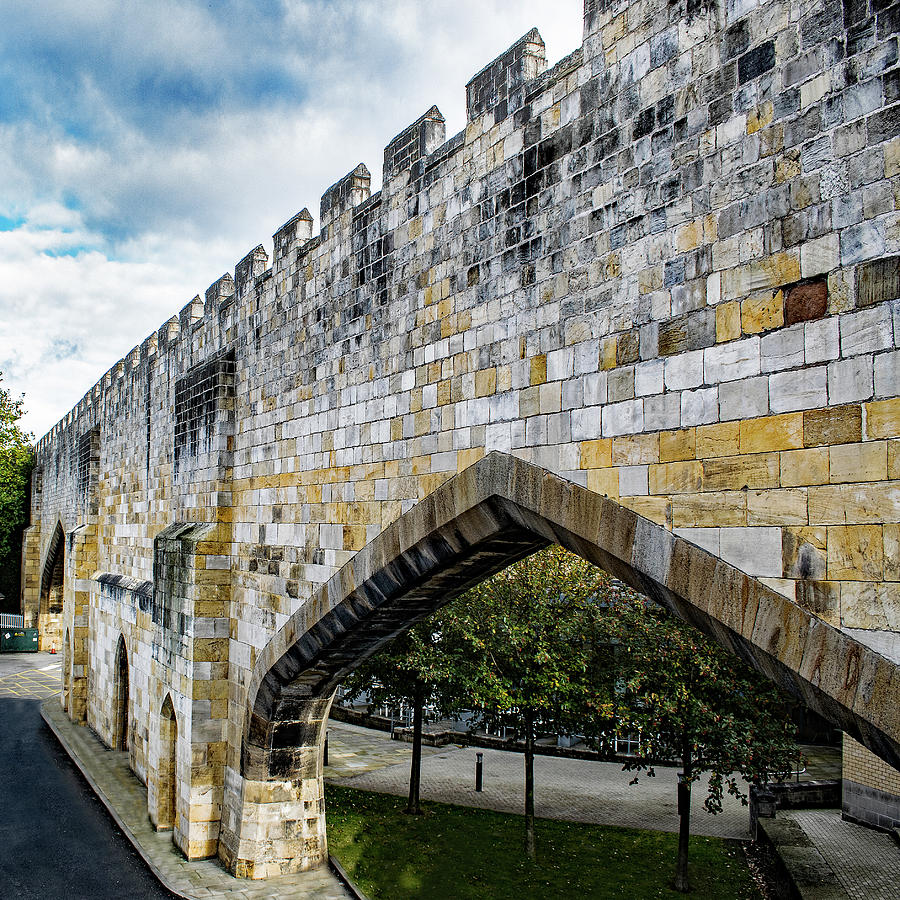
York City Roman Walls Photograph by Robert Gipson Fine Art America
Roman Walls York, Yorkshire YO1, England Our Rating Neighborhood Surrrounding the city centre Hours Walls daily 8am-dusk; Micklegate Bar: Summer 10am-4pm; winter 11am-3pm Phone Micklegate Bar: 01904/615-505 Prices Walking the wall is free; Micklegate Bar: £3.50; concessions £2.50 Web site Micklegate Bar About our rating system
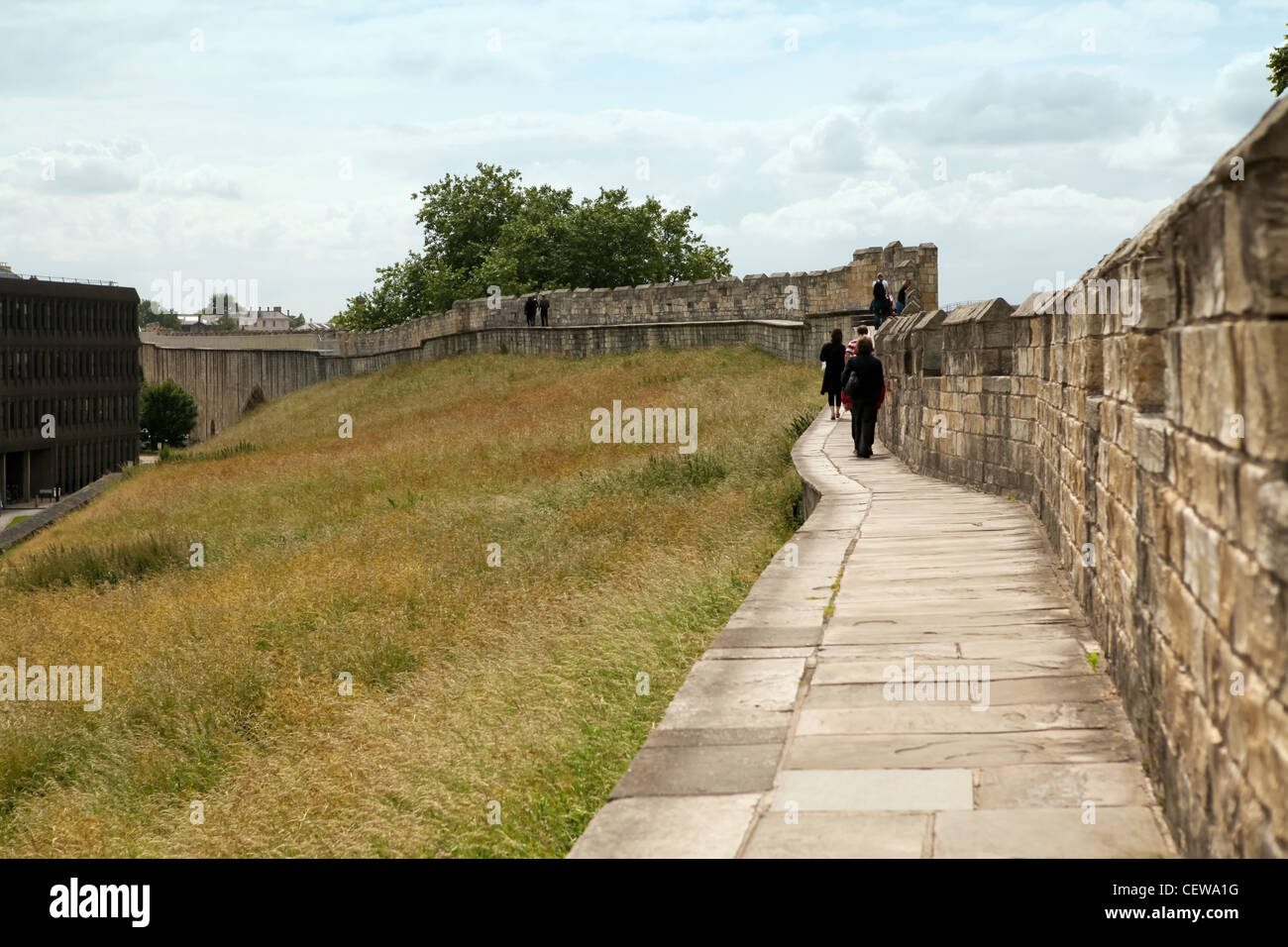
York Roman city walls, York, England Stock Photo Alamy
The City Walls, not as we know them today, were first built in 71AD by the Romans, were made of wood and originally surrounded an area which was their headquarters, known as Principia and covered around 50 acres. The walls initially only covered the area immediately around where the Minster now is, this was known as Principia, Roman HQ

Guide to York Great British Mag
York's medieval City Walls (or "Bar Walls"), a scheduled ancient monument encircling the historic City of York, comprise 3.4km (2 miles) of surviving masonry. They are the longest town walls in England. They were built mainly in the 13th century of magnesian limestone and, uniquely in England, were set on earthen ramparts.

York City Walls Jorvik.co.uk
Visit York's City Walls walkway, an elevated circular route around the city centre, which can be accessed on foot, for free, throughout the year.. York's historic city walls are a major feature of our historic environment and civic identity. There are significant remains of all principal periods of their development; the city walls make visible over 2,000 years of urban change in York.
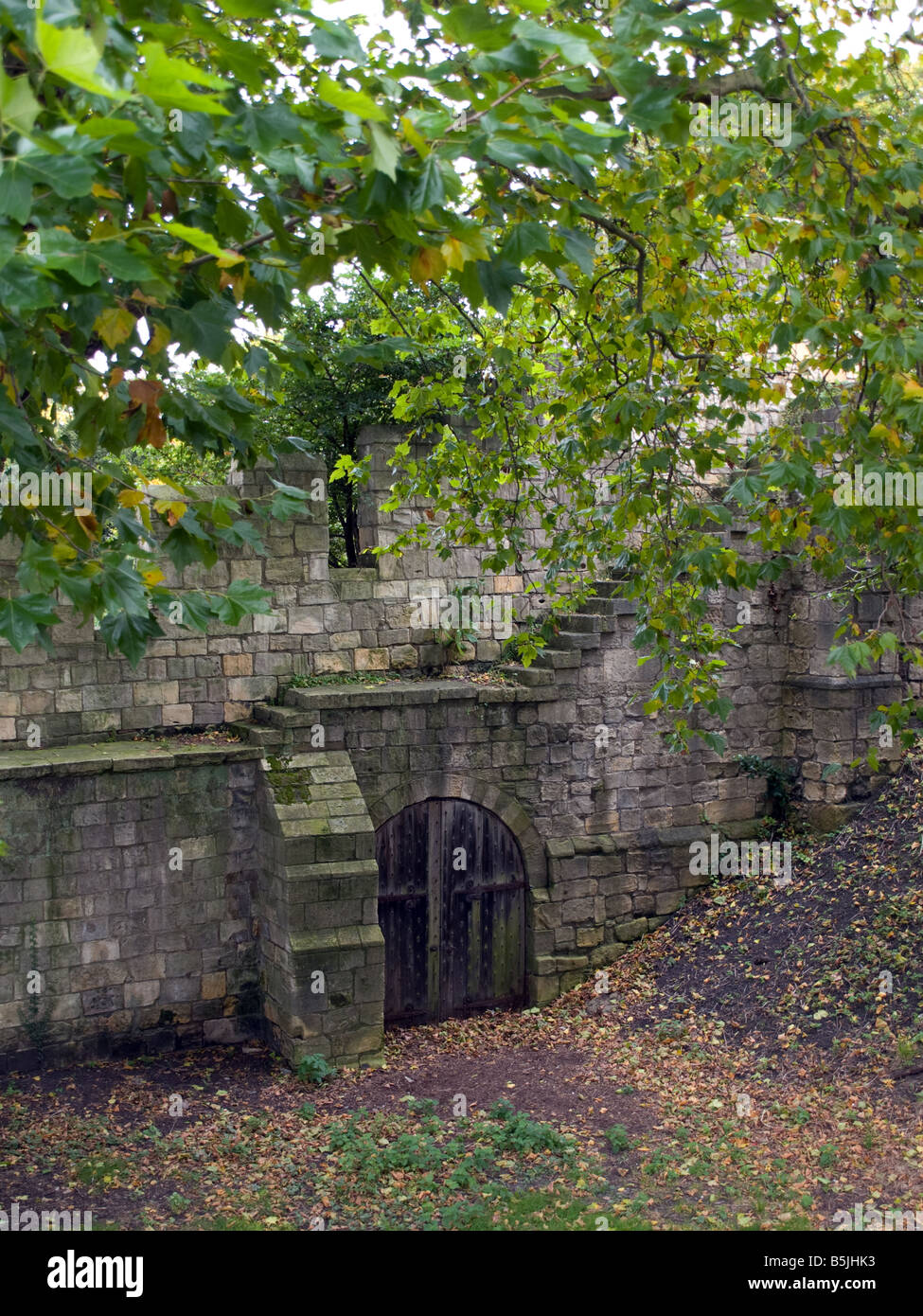
York Roman Walls Stock Photo Alamy
Big bits of the walls of the Roman fort can still be seen and up to half of the rest are in the ramparts under the present walls. 400 years later there were new invasions: Anglian York developed, then Viking York in the 9 th century, then Norman York in the 11th century; over this time the Roman walls fell but ramparts grew.

Walked the Roman walls at the city of York 2013
Roman Wall Bars The walls have four main gates known as 'bars.' These are Bootham Bar, Micklegate Bar, Monk Bar and Walmgate Bar. These served as both defensive turrets and toll gates. Fishergate Bar and Victoria Bar are smaller gatehouses, with the latter a 19th century creation.
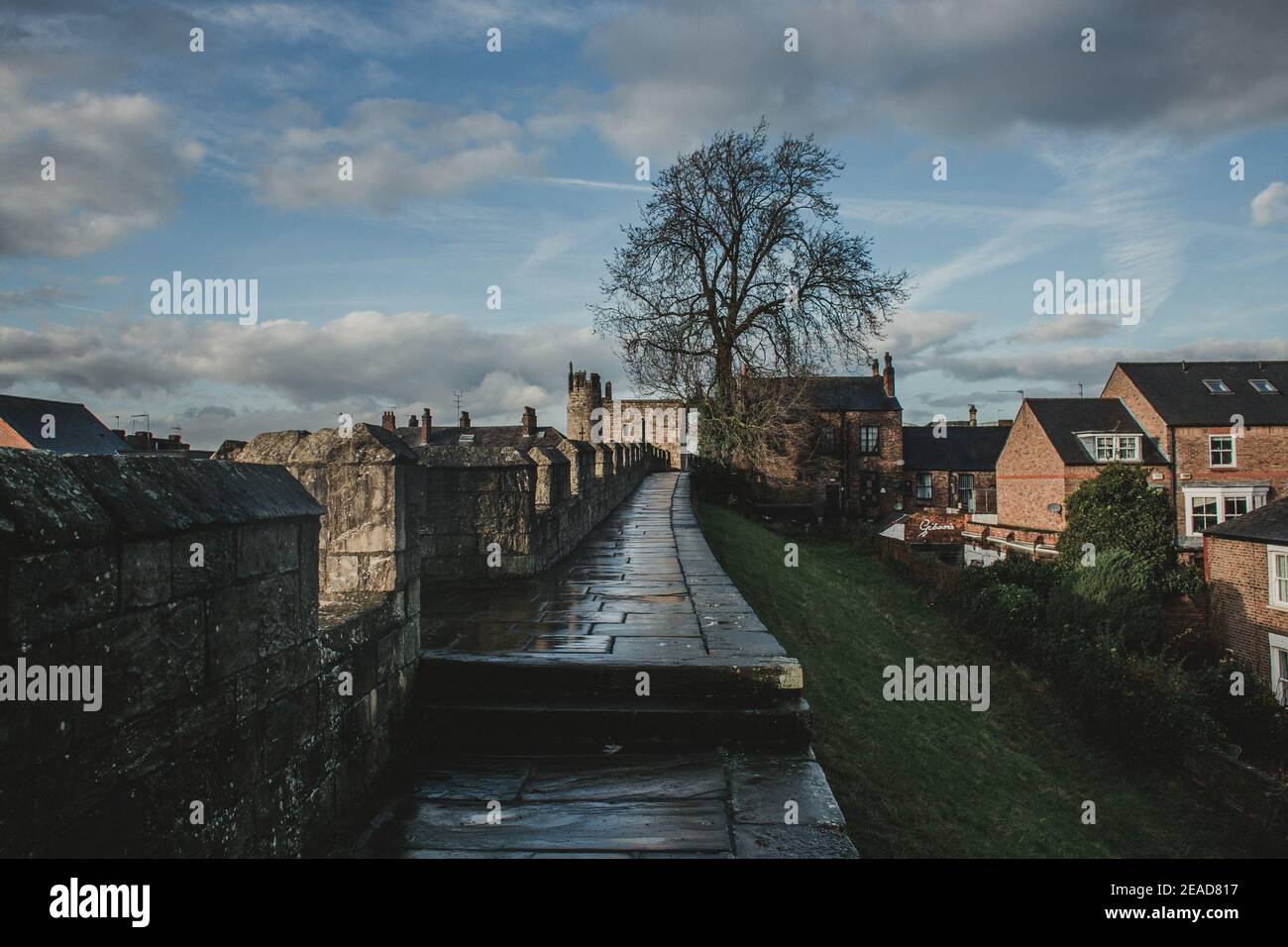
York Roman Walls, Yorkshire, England, UK Stock Photo Alamy
The Roman walls survived into the 9th century when, in AD 866, York was invaded by the Danish Vikings. The Vikings buried the existing Roman wall under an earth bank and topped with a palisade - a tall fence of pointed wooden stakes. The wooden palisade was replaced in the 13th and 14th centuries with the stone wall we see today.

A weekend in York A 48hour itinerary On the Luce travel blog
These walls form the basis of the city walls that remain today. The most notable Roman remain is the Multangular Tower, which stands in the Museum Gardens. The tower was built during the reign of Emperor Severus, who resided in York from 209-211 AD. It has 10 sides and stands almost 30 ft. high.

York Roman Wall Ken Hircock Flickr
England A Short Guide to the York City Walls by Paul Joseph | Published July 31, 2023 No trip to the historic UK city of York is complete without walking at least a section of its ancient walls - and here's a short guide on how best to do so. (Photo: alh1 via Flickr / CC BY-ND 2.0) A brief history
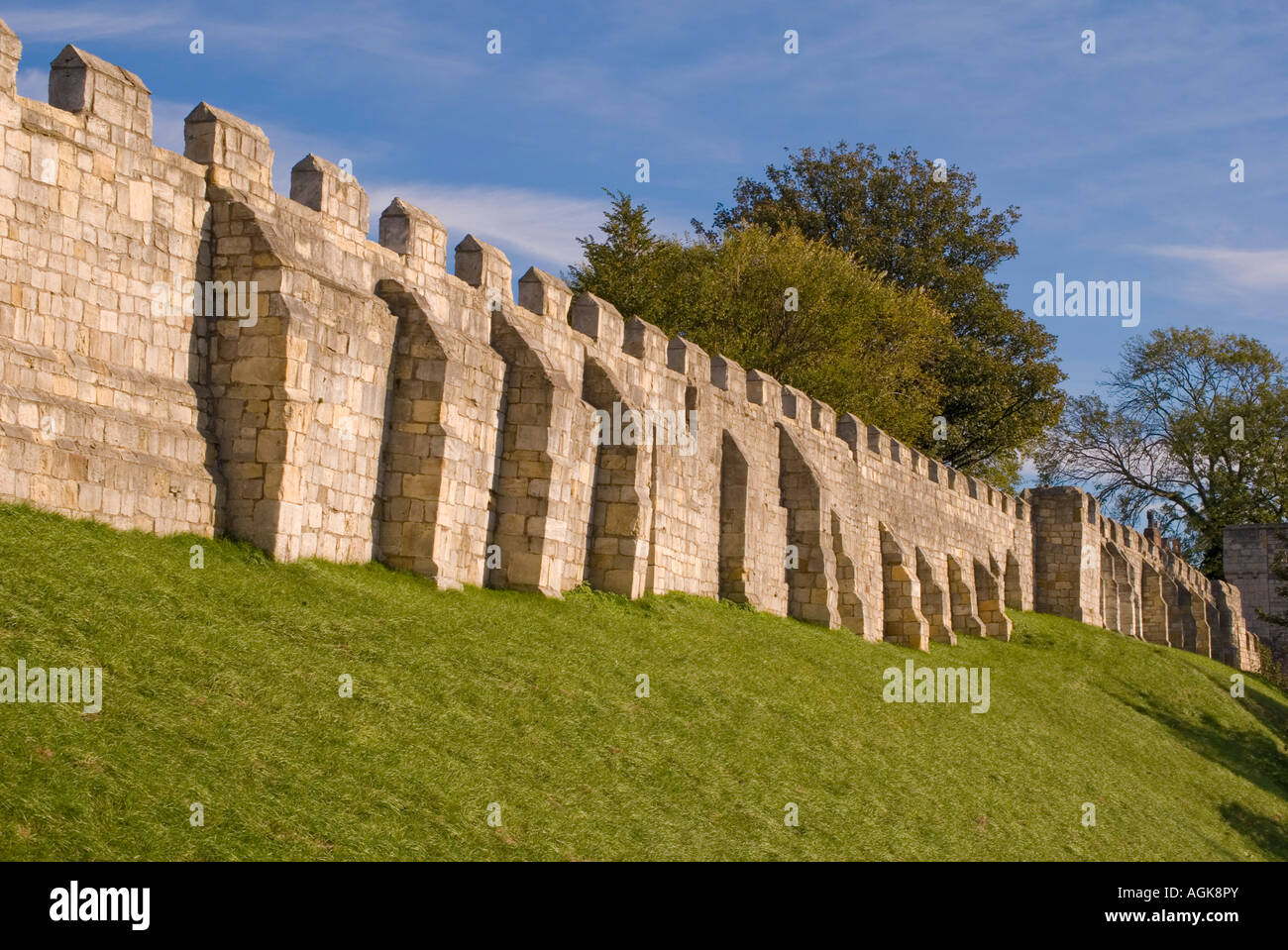
perimeter roman walls in york england Stock Photo Alamy
The York City Walls were originally established in 71 AD during Roman times, built to protect the 9th Legion from locals. Very little of the Roman walls remain, except from the Multiangular Tower, an imposing 3rd-century ten-sided stone tower located in the York Museum Gardens.

York Roman Walls Free photo on Pixabay Pixabay
York City Walls history. The original York Walls date back to 71 AD, when the city of York was erected as a Roman military fortress on the banks of the River Ouse and given the name Eboracum. With the Viking invasion of 866AD, the city was renamed Jorvik and the original Roman Walls were covered with dirt.

York City Walls (and Eboracum Roman Fortress) Yorkshire Castles, Forts and Battles York
Roman walls The original walls were built around 71 AD, when the Romans erected a fort ( castra) occupying about 50 acres or 21.5 hectares near the banks of the River Ouse. The rectangle of walls was built as part of the fort's defences. The foundations and the line of about half of these Roman walls form part of the existing walls, as follows:

Robs Webstek York City Walls
York's walls were first built by the Romans and some remains, such as the Multangular Tower, can still be seen. Successive settlement by Anglo-Saxons, Vikings and Normans saw the walls evolve: earth ramparts were expanded and new stretches added. Much of what remains is medieval, built for protection against Scottish raiders.
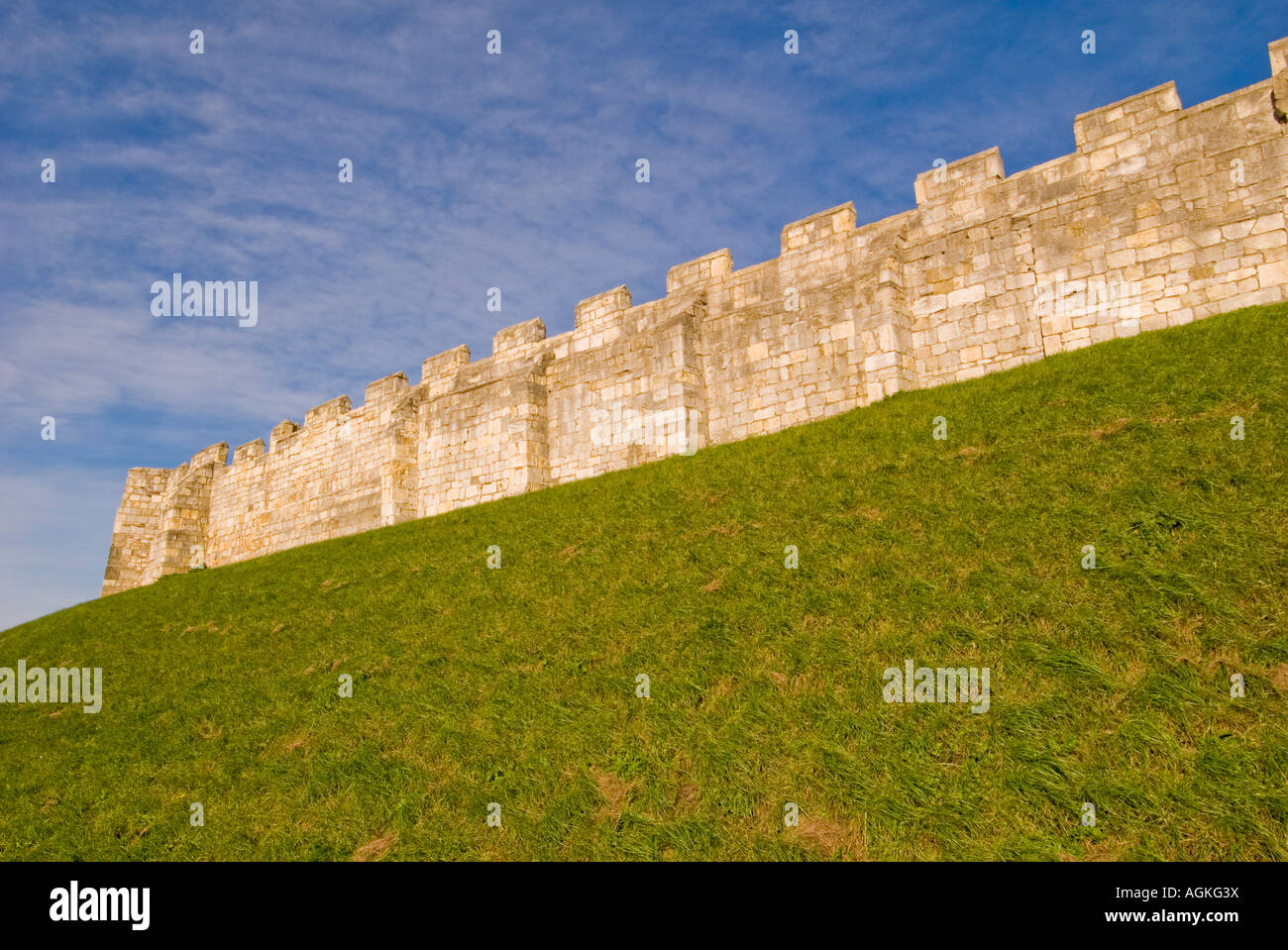
York roman walls hires stock photography and images Alamy
York's Roman Walls - Multangular Tower - Museum Gardens. York has been a fortified City since Roman times (AD 71). The Romans had a large fort with stone walls around it (called a Principia) between the river Foss and the river Ouse. Its centre was inside of the later, larger medieval walls, close to where York Minster stands today.